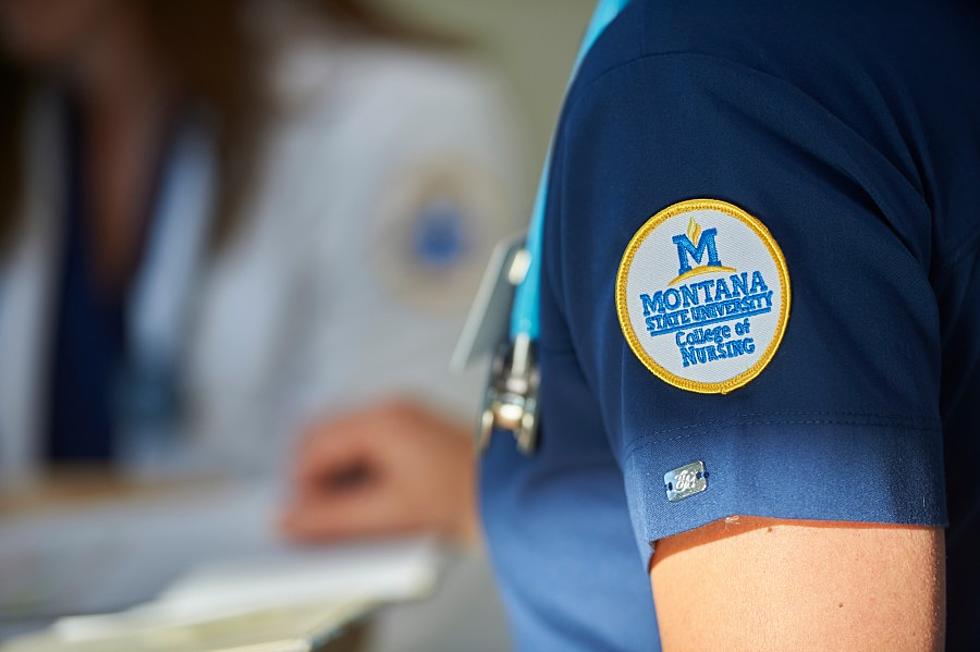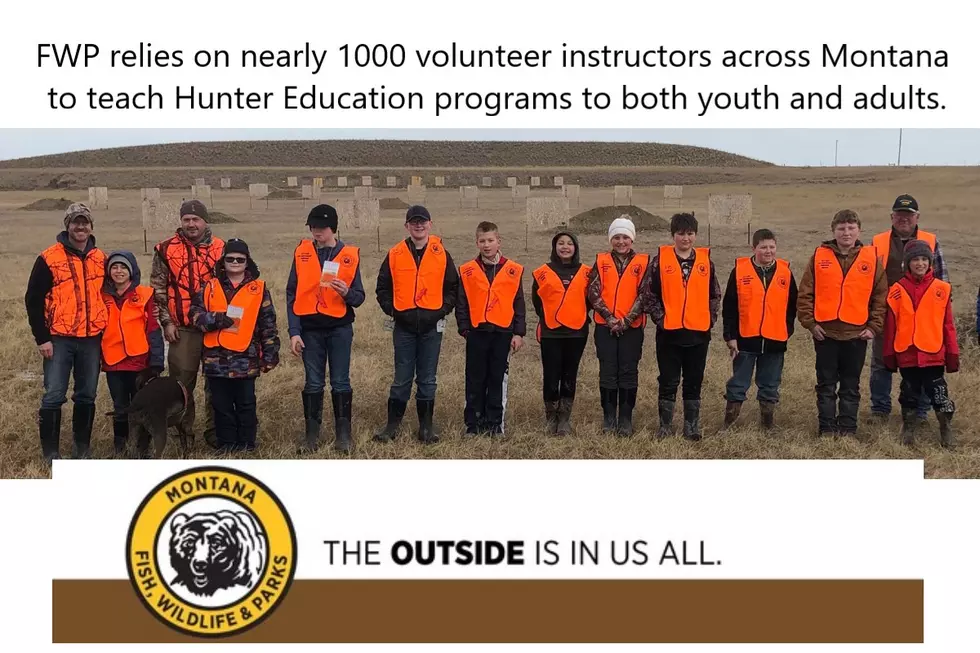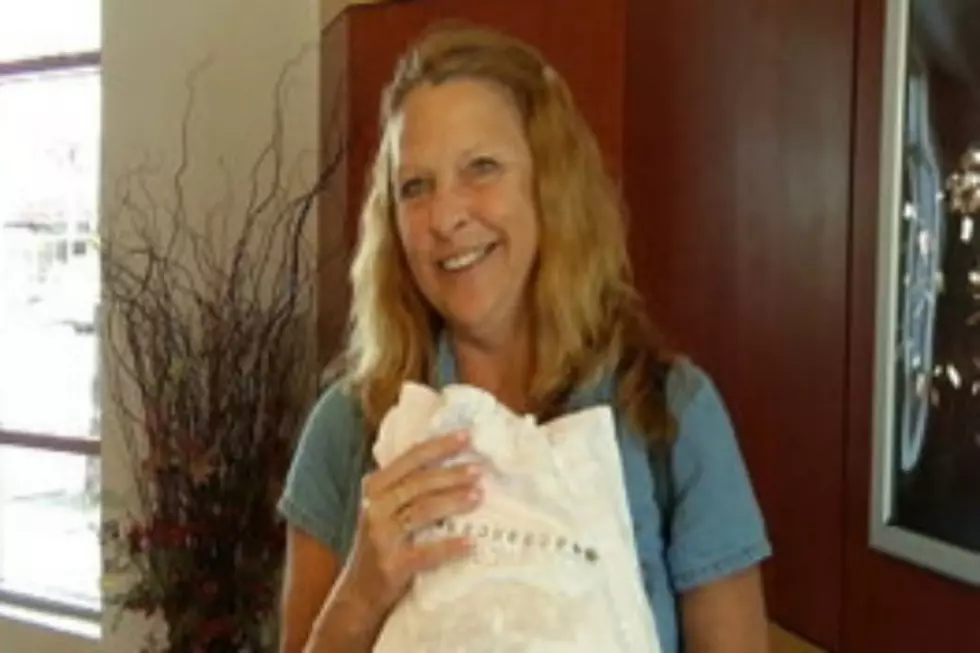
Two MSU Ag Professors Receive Teaching Excellence Awards
BOZEMAN — Two faculty members in Montana State University’s College of Agriculture have been recognized for excellence in teaching by one of the nation’s largest agriculture education organizations, the North American Colleges and Teachers of Agriculture.
Tony Hartshorn is an associate professor in the Department of Land Resources and Environmental Sciences with a focus on soil carbon management.
MSU Photo by Adrian Sanchez-Gonzalez
Mac Burgess is an associate professor in the Department of Plant Sciences and Plant Pathology focusing on small farm management and vegetable production. Both were recognized with NACTA’s Educator Award, which recognizes excellence in teaching and student engagement. NACTA recognizes between 30 and 40 awardees nationwide each year.
NACTA is a professional society that facilitates professional development in agriculture educators, networking with higher education instructors nationwide and the promotion of agricultural careers and programming for students. Since 2000, six MSU faculty have been recognized with the Educator Award, including Burgess and Hartshorn. It is the first time two MSU representatives have been honored in the same year.
Burgess and Hartshorn were nominated by fellow MSU faculty and administrators for the award, with additional support letters written by recent students who benefited from their instruction.
“The passion that Tony and Mac have for creating an inquiry-based classroom environment engages students in practicing critical thinking,” said Tracy Dougher, associate dean of academic programs in the College of Agriculture. “The excitement from current and former students about the creative projects and analysis of real-world data and situations they were involved in made nominating Dr. Hartshorn and Dr. Burgess very easy.”
Hartshorn teaches courses related to soil remediation and soil science. He has also led workshops for the Natural Resources Conservation Service, Montana Department of Environmental Quality and the Northern Plains Resource Council, all related to soil health. One of his teaching goals is to foster creativity and exploration in students. It might not sound exciting, but, Hartshorn said, soil can be a sneaky thing to study.
“Soils don’t read textbooks and they’re awful at reading maps,” he said. “We need bright and curious students to learn how best to interrogate them — and then translate their discoveries into language everyone can understand and appreciate. I think that learning process can start with curiosity and a hole in the ground.”
During the COVID-19 pandemic, Hartshorn has been exploring alternatives to traditional field trips for the upcoming fall semester. He hopes to get more creative in how he can introduce incoming and future students to his subject matter.
Burgess teaches applied courses in crop production and identification and soil fertility. He also teaches a hands-on practicum at MSU’s Towne’s Harvest Garden, which allows students to dig — literally and figuratively — into the intricacies of small-scale farming and learn best practices for growing a variety of crops. Produce from Towne’s Harvest Garden is sold in the Bozeman community through a garden stand and Community Supported Agriculture, or CSAs. For Burgess, teaching applied classes provides the gratification of seeing his students develop their practical and decision-making skills.
“I really like seeing people develop in self-confidence more than anything, realizing that they’re in control,” said Burgess. “In applied courses like these, you’re putting your theoretical knowledge into action, taking what you’ve learned and looking at how that influences hands-on decisions that you make.”
Both Hartshorn and Burgess have had to adapt their teaching methods with the onset of the pandemic. Many of Burgess’ courses are amenable to social distancing as they take place outdoors on a 10-acre farm, but for lecture courses, there has been more adaptation. Hartshorn has even sent class materials to students in the mail on flash drives when they didn’t have reliable internet access. For both of them, no matter the circumstances, effective teaching remains the top priority.
“We try to promote learning by doing, and making mistakes if need be,” said Burgess. “The goal is to empower each student to put their knowledge into practice and then learn from the results they get.”
- By Reagan Colyer, MSU News Service -









